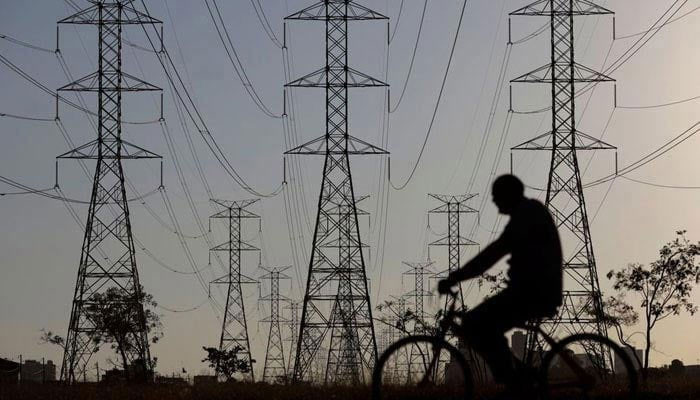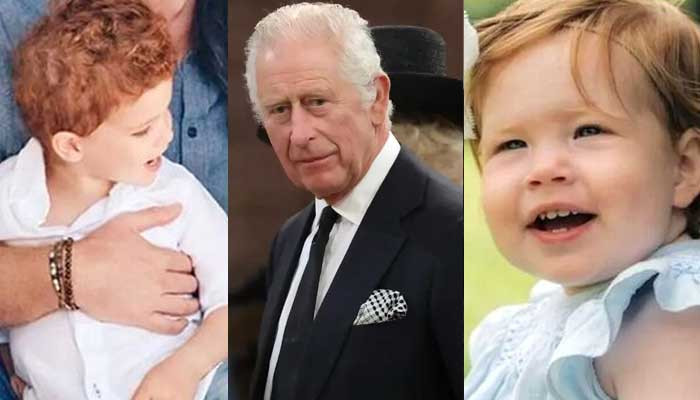Sports
This 'living fossil' predates dinosaurs, survived mass extinctions
字号+ Author:Smart News Source:Sports 2025-01-15 13:27:25 I want to comment(0)
When "Little Boy" was dropped over Hiroshima by the Allied forces in 1945, temperatures in the city rose to 7,000°F from ground zero to as far as two miles in the first three seconds of detonation. All forms of life within the radius of the bomb explosion succumbed to their ends instantly. Buildings melted and the once vibrant city was left in ashes as the fire roared from Little Boy in Hiroshima, as per . However, something survived the devastating bomb and it became a story of resilience. Six Ginkgo biloba trees, growing just about a mile away from the centre of the explosion, withstood the hot temperature and fire. For them, it was just another day to survive and continue their lineage. Despite being stripped of leaves and charred branches due to the explosion, the six trees came back to life within months. The trees, also known as "living fossils," have weathered the ice age, mass extinctions, and thousands of environmental changes the Earth has experienced. The reason for calling Ginkgo biloba a living fossil is that the trees date back over 290 million years to the Permian period and have withstood mass extinctions, according to . It was a mass extinction event so bad that it left 96% of all marine species and about three of every four species on land dead, the forests were wiped out and didn’t spring back to life until 10 million years later. Of the five mass extinctions, the Permian-Triassic is the only one that left large numbers of insect species extinct. The evolution was so severe that it took four to eight million years for the marine ecosystems to recover. This period even predates the time when dinosaurs roamed the Earth. The Ginkgo biloba survived and remained the same over millennia with the fan-shaped structure of the leaves. They thrived across Laurasia — the northern subcontinent — for millions of years until the Cretaceous-Paleogene extinction that wiped out the dinosaurs. Many species were wiped out, but the Ginkgos remained strong. By the end of the Pleistocene, they were isolated to populations in China. They could have faced extinction, but they were saved due to their resilience, and surprisingly, humanity helped them tackle the challenge. The living fossils were thought to be extinct in the wild until the early 20th century but they were found to be thriving when small populations were rediscovered in remote China. Researchers have come to speculate that they were preserved by Buddhist monks. Today, Ginkgos are spread widely on city streets, parks and several other places all over the world. They are resistant to pollution, pests and harsh weather that harbours in urban life.
1.This site adheres to industry standards, and any reposted articles will clearly indicate the author and source;
 Related Articles
Related Articles-
Imran Khan rejects DG ISPR’s statement, blames Bajwa for Taliban strategy
2025-01-15 12:33
-
Kate Middleton saddens fans as Catherine's unexpected 2025 plans revealed
2025-01-15 12:16
-
Golden Globes 2025 full winner list
2025-01-15 10:51
-
Angelina Jolie declares this is her decade of 'do what scares you'
2025-01-15 10:43
 User Reviews
User Reviews Recommended Reads
Recommended Reads Hot Information
Hot Information- UAE rolls over $2 billion deposits for Pakistan
- Prince Edward heads to US as he takes King Charles duty amid Harry feud
- Princess Kate Moves back to Windsor just in time to ring in 43
- Prince Harry’s hidden role in Meghan’s Netflix show: ‘Blew me out of water’
- Viral CCTV video shows actress Syra Yousuf in ‘Shoplifting Act’
- Elton John jokes about fading eyesight at 2025 Golden Globes
- Vin Diesel teases ‘Fast & Furious’ co-star Dwayne Johnson In Golden Globe
- Dwayne Johnson triggers feud rumours after Vin Diesel's Golden Globes nod
- Imran Khan rejects DG ISPR’s statement, blames Bajwa for Taliban strategy
 Abont US
Abont US
Follow our WhatasApp account to stay updated with the latest exciting content













